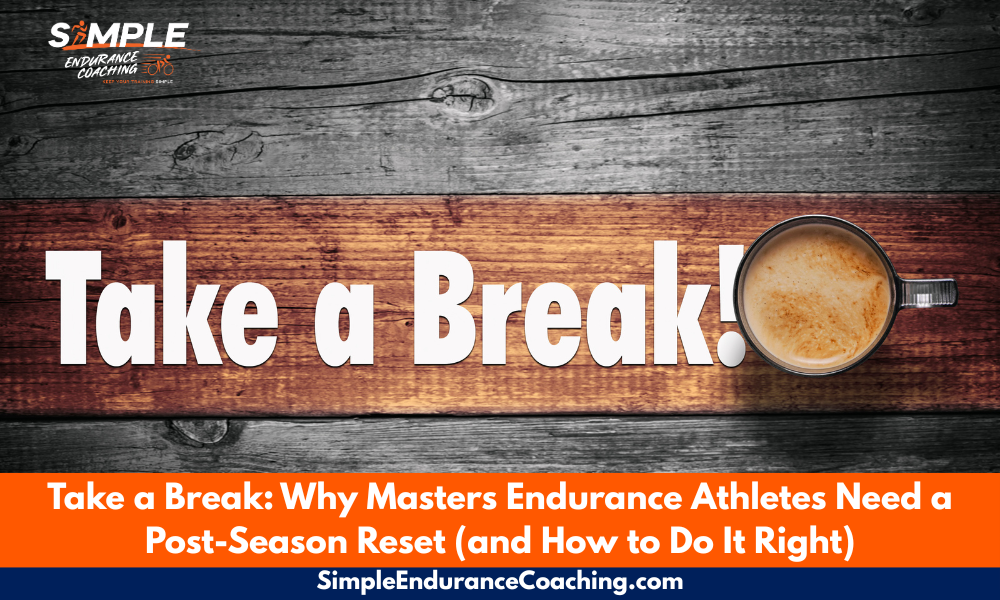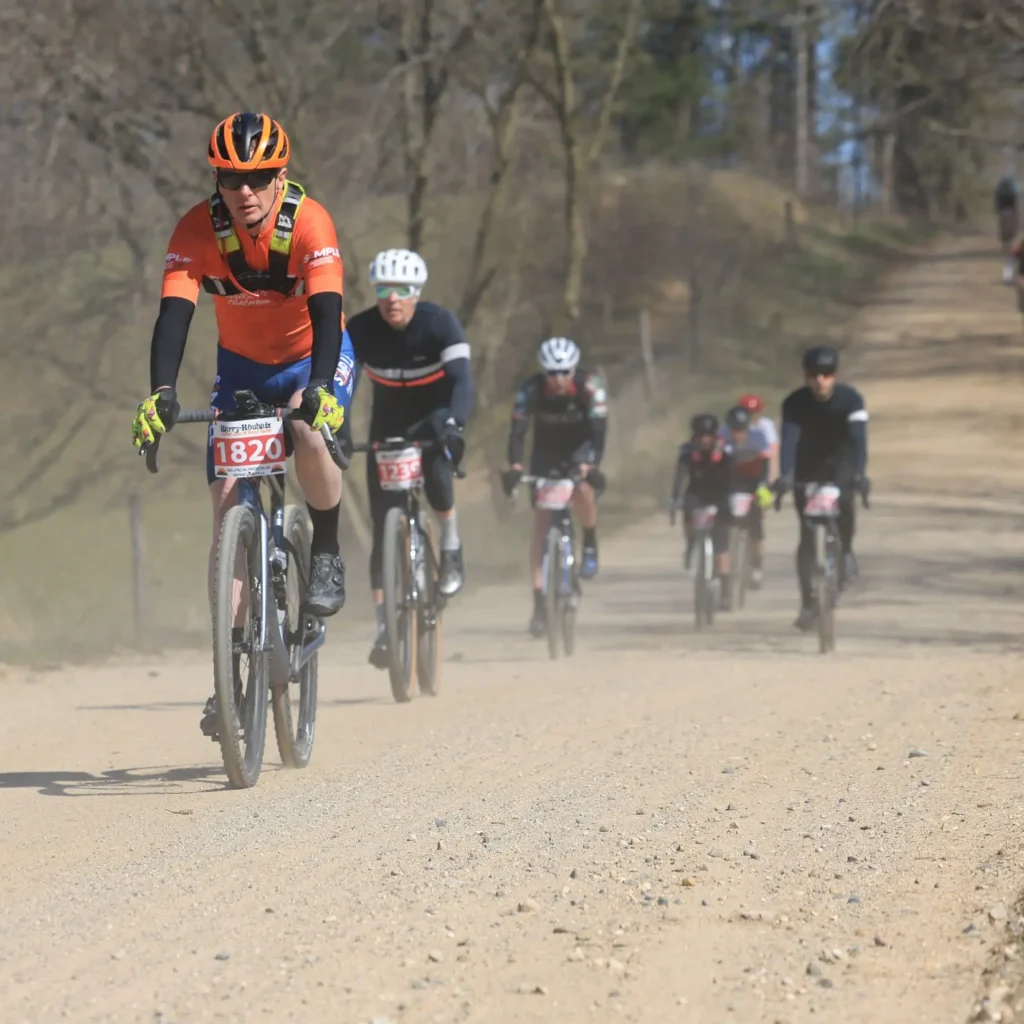Nine Essential Winter Training Tips for Endurance Athletes: Get Race-Ready for 2025
As winter sets in, many endurance athletes face the challenge of maintaining their training routines through cold, dark, and sometimes unpredictable weather, especially if you’re in northern climates like I have in Wisconsin.
Whether you’re a cyclist, runner, or triathlete, staying consistent over the winter is key to starting the 2025 race season strong.
Whether you ride the trainer in Watopia, take cycling classes with me on Velocity, get to the gym for strength training or swimming, or get outside for fat biking, running, or skiing, we’ll try to help you get ready for your best 2025.

1. Invest in Winter Endurance Training Gear
Having the right gear makes winter training safer and more enjoyable.
Start with quality base layers that wick moisture to keep sweat off your skin, preventing chills.
Follow with insulating layers and a windproof or waterproof outer layer to protect against the elements.
Don’t overlook gloves, thermal socks, and headgear to keep extremities warm, especially on the bike.
I’ve found that pogies (the giant gloves that wrap around your handlebars) help keep my hands warm on the coldest days.
For early-morning or evening workouts, add reflective clothing and lights to enhance visibility on darker days.
2. Modify Your Workouts to Fit the Season
Winter weather may require you to adjust your training plans.
When snow, ice, or below-freezing temperatures hit, indoor alternatives like treadmills, stationary bikes, and virtual cycling platforms like Zwift can be excellent substitutes.
Using these tools not only allows you to get in quality sessions when the weather is bad but can also be a structured way to work on specific goals, like interval training or tempo rides.
Stay flexible with your outdoor workouts, too-look for safe times and places for your sessions, and give yourself the option to move workouts around as needed.
3. Stay Motivated with Mental Strategies
Maintaining motivation through winter can be challenging, especially if you have a long ride or run on your schedule and it’s dark and cold outside.
Set small, achievable goals to help you stay on track, such as running or riding a certain number of miles each week or completing specific workouts.
Find a virtual training group to keep you accountable, or create rewards for completing your workouts.
Come join us on Velocity for cycling workouts that will improve your skills and fitness.
The Velocity classes I’ll be teaching are a fun mix of an online cycling platform, a video game, Peloton, and your local gym spin class.
Winter training can help build mental toughness, so remind yourself that every challenging day you get through brings you closer to your spring goals.
4. Adapt Nutrition and Hydration for Cold Weather
Hydration is easy to overlook in winter, but your body still loses water through sweat, especially when bundled in layers.
Stay vigilant about drinking water before, during, and after workouts.
Cold weather can also increase your appetite, so plan your nutrition to maintain energy and avoid the temptation to under-fuel or overindulge.
Consider good sources of calories, avoid loading up on simple sugars, and practice fueling strategies you’ll use during races to make sure they work in different conditions.
5. Focus on Winter-Specific Conditioning
Winter is an ideal time to work on strength training, which will not only help improve power but can also reduce the risk of injury.
Aim to incorporate two or three days of strength training per week, focusing on exercises that target core, legs, and stability.
I recommend that my athletes do a full-body strength routine that features a hip hinge, chest push and pull, and shoulder push and pull plus core work.
We also do a lot of yoga during the entire year, both as strength work and recovery.
Cross-training activities, like cross-country skiing, snowshoeing, or even hiking, can provide a great way to maintain endurance and build aerobic capacity in a low-impact way.
6. Pay Attention to Recovery and Health
In colder temperatures, warming up is crucial to prevent injuries.
Start with a dynamic warm-up to get your muscles ready for the demands of exercise.
Cool down gradually after your workouts, focusing on stretching or gentle movement to keep muscles supple.
Winter also brings risks like frostbite and hypothermia, so monitor your body for signs of cold-related stress, and dress appropriately for the conditions.
Training in the winter is just as stressful as in the spring and summer so plan your recovery accordingly.
7. Set Winter Fitness Goals to Propel You Toward Spring
Winter is perfect for focusing on base fitness and technique rather than intensity.
However, make sure to get at least one intensity session, like a VO2max workout, a week.
Set measurable goals for the season, such as increasing weekly mileage, improving strength benchmarks, or refining form.
Tracking your progress over the winter months can keep you motivated and ensure you’re on the right track to hit the ground running in spring.
8. Plan Indoor Training Alternatives
Indoor training doesn’t have to feel like a chore-there are countless ways to make it engaging.
Use apps and programs to simulate outdoor rides or runs, compete with friends online, or watch movies or podcasts to make sessions fly by.
I listen to a lot of podcasts, including critiquing my Athlete’s Compass Podcast, Fast Talk, Training Science, and Mikkipedia.
Indoor training lets you focus on specific metrics, like cadence or power, which can improve your technique and help you stay focused on race prep.
9. Take Advantage of Cross-Training Opportunities
Winter can be a chance to try new activities that complement your endurance training. Cross-country skiing, for instance, is a fantastic cardio workout that builds lower-body and core strength.
When we have snow, I’ll spend my long workouts on the weekend skate skiing at one of the local parks.
Swimming and strength classes are also great alternatives that keep you active and work different muscle groups.
Prepare for a Strong Start to Race Season
With consistent winter training, you’ll enter spring with a solid fitness base and the mental resilience to tackle 2025 events and races.
Your focus on endurance, strength, flexibility, and recovery during the off-season will pay off, positioning you to take on new challenges with confidence and ease.
Three things to know about training in the winter
- Proper winter gear, including layers and reflective items, is essential for staying comfortable and safe.
- Flexibility in your training plan, with indoor options and modified schedules, ensures consistent progress despite weather challenges.
- Use winter as a time to build a strong endurance base, strengthen weak areas, and maintain motivation with small goals.
Need more?
Unlock the secrets to mastering gravel racing with my FREE 24-page Guide to Gravel Racing! Get yours here.
SIGN UP FOR A FREE Virtual Coffee so we can discuss your goals, ask questions, and talk about making your endurance training more effective, fun, and Simple.
Paul Warloski is a:
- USA Cycling Level 1 Coach
- RRCA Running Coach
- Training Peaks Level 2 Coach
- RYT-200 Yoga Instructor
- Certified Personal Trainer




